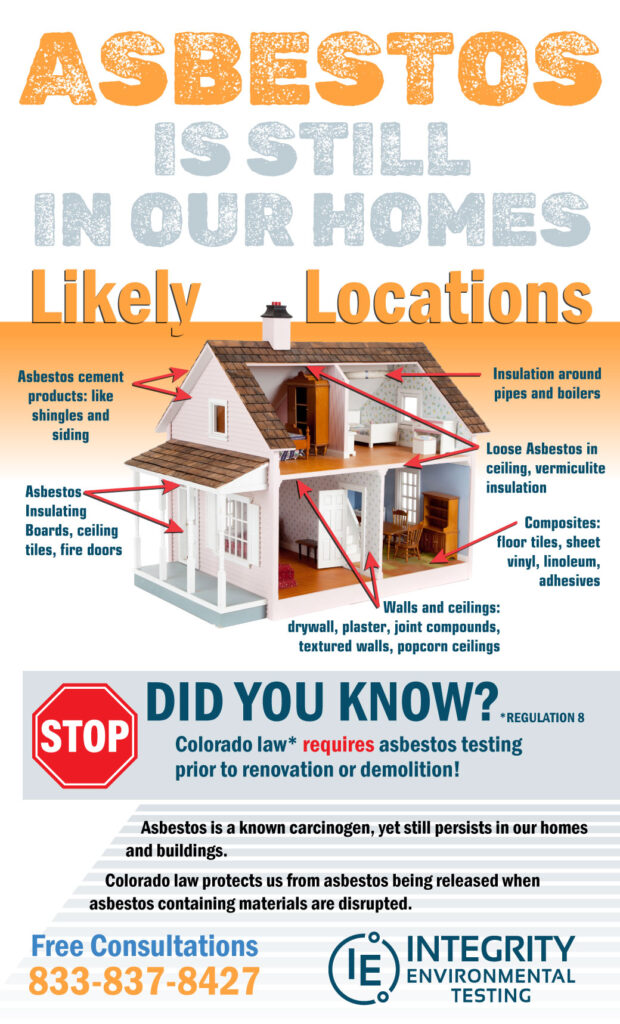Are you gearing up for a home renovation project? Excited about giving your space a fresh new look? While renovations can breathe new life into your home, they can also pose unexpected health risks if proper precautions aren’t taken. One such risk is the release of asbestos fibers into the air, especially during demolition and remodeling activities.
Asbestos, once hailed as a miracle material for its heat resistance and durability, is now recognized as a hazardous substance linked to serious health conditions such as lung cancer, mesothelioma, and asbestosis. Despite regulations limiting its use, asbestos can still be found in many homes.
Asbestos Release During Home Renovations
During renovations, materials containing asbestos, such as insulation, floor tiles, ceiling tiles, and textured coatings, may be disturbed or damaged, releasing microscopic fibers into the air. These fibers, when inhaled, can become lodged in the lungs, leading to long-term health problems.
What makes asbestos particularly dangerous during renovations is that its presence is often hidden. Many homeowners are unaware that their homes contain asbestos-containing materials until they start demolition work. Disturbing these materials without proper precautions can result in significant asbestos exposure for both homeowners and workers.
What can you do to protect yourself from asbestos release during home renovations?
First and foremost, it’s essential to determine whether your home contains asbestos before starting any renovation work. Hiring a certified asbestos inspector to conduct a thorough inspection of your property can identify any asbestos-containing materials present. Colorado gives residents a way to search for records of asbestos.
If asbestos-containing materials are found, it’s crucial to engage a licensed asbestos abatement contractor to safely remove or encapsulate the materials. Attempting to remove asbestos on your own can release fibers into the air, putting you and your family at risk of exposure.

During demolition and renovation activities, companies take precautions to minimize the spread of asbestos fibers. Wetting down materials containing asbestos can help prevent fibers from becoming airborne. Additionally, using proper personal protective equipment, such as respirators and disposable coveralls, can reduce the risk of exposure.
Proper containment and disposal of asbestos-containing materials are also essential. Work areas should be sealed off from the rest of the home, and all debris should be carefully bagged and labeled for disposal at approved waste sites.
By taking precautions, you can minimize the health risks associated with asbestos exposure during home renovations. Remember, the safety of you and your family should always be the top priority when embarking on any remodeling project. Don’t let the hidden danger of asbestos derail your renovation plans—take the necessary steps to protect yourself and ensure a healthy living environment for years to come.

Are You Remodeling? Asbestos Test first.

